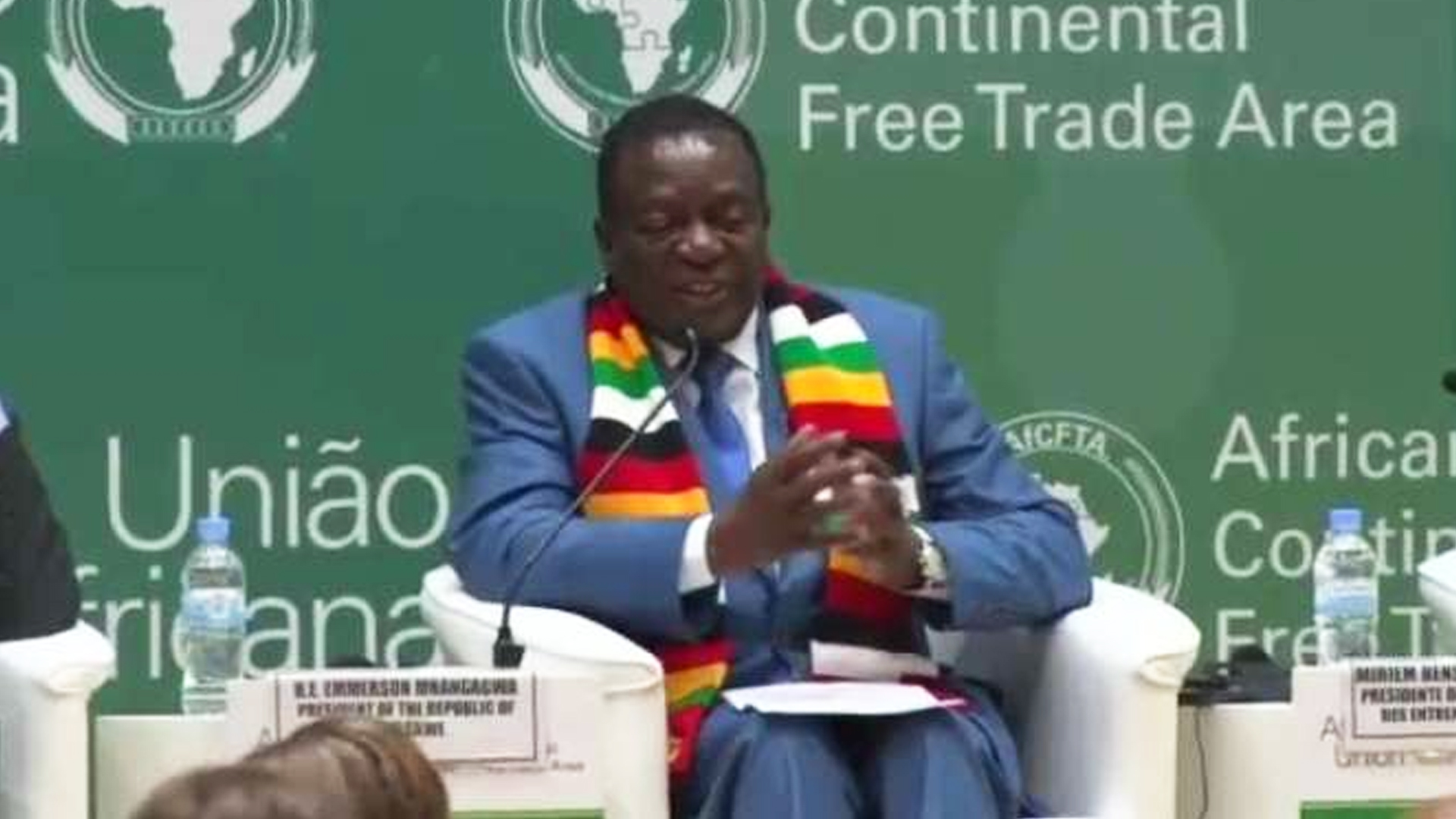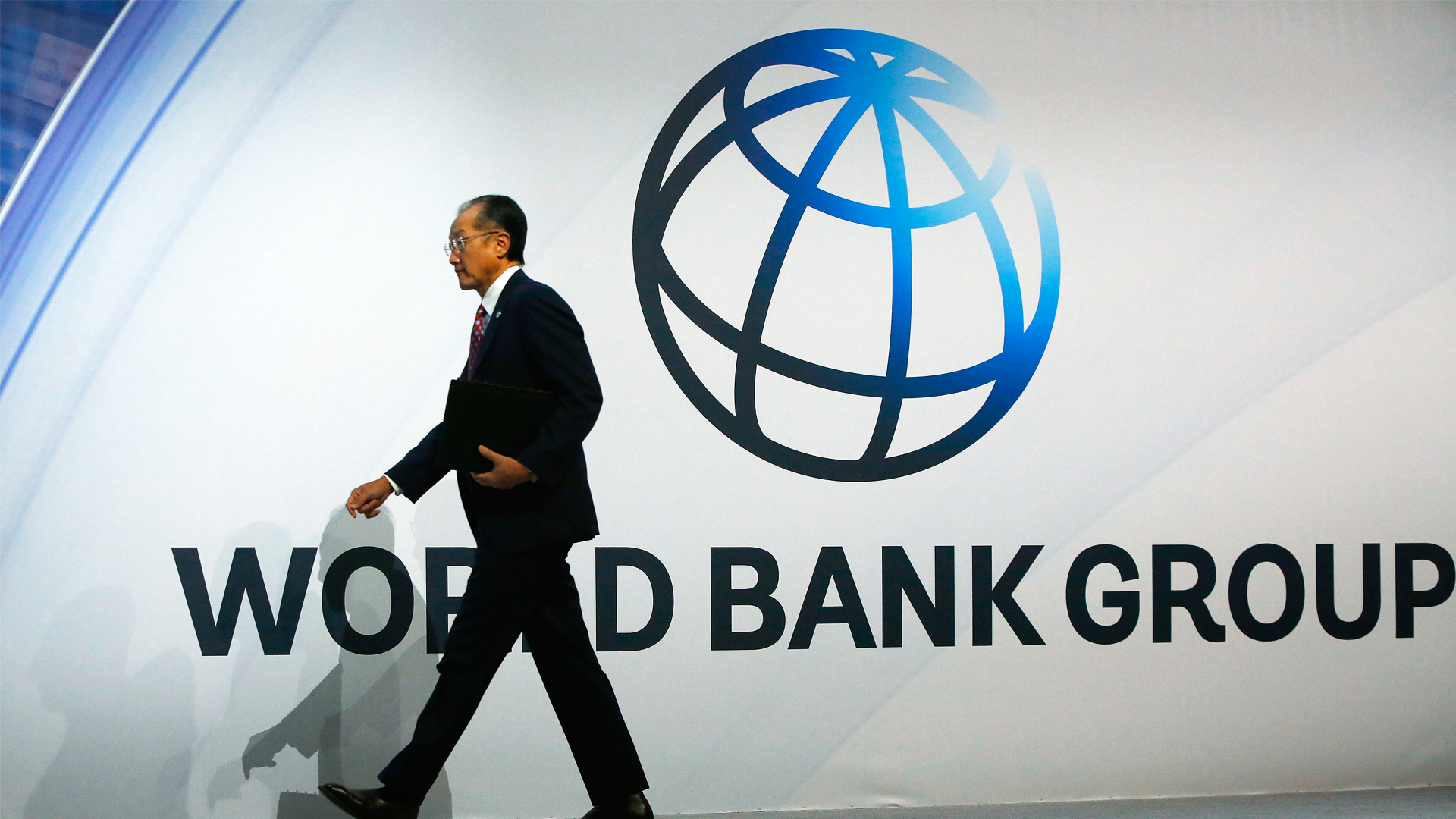President Mnangagwa upbeat on Zim new World Bank rankings
Share

Kigali, July 4, 2019 (New Ziana)-President Emmerson Mnangagwa on Thursday welcomed the new World Bank rankings which upgraded Zimbabwe to a lower- middle income economy, up from low income economy status saying it was testimony that his administration is implementing tangible economic reforms.
The President told journalists here that the new rankings showed that his vision to transform the country into an upper- middle income economy by 2030 was attainable.
“They have recognised that we are at that level. Actually its good news to our people because then they feel that what we are doing is being recognised by international institutions of repute like the World bank .
“We feel happy that they have recognised the efforts we have done since the new dispensation,” he said.
The World Bank divides economies into four income groupings, namely low, lower-middle, upper-middle, and high income, with the income being measured using Gross National Income (GNI) per capita.
The GNI per capita is the dollar value of a country’s final income in a year, divided by its population. It will be reflecting the average income of a country’s citizens.
To achieve vision 2030, Zimbabwe is currently implementing painful, but necessary reforms to undo years of economic mismanagement.
Guided by the Transitional Stabilization Program (TSP), which is the first phase of the implementation of vision 2030, fiscal authorities have so far contained government expenditure and borrowing, while massive efforts are being made to deal with corruption and rationalisation of the civil service in order to contain the high wage bill.
The TSP, which is also prioritising the aggressive marketing and re-branding of Zimbabwe to facilitate tourism, trade and investment, will be succeeded by two successive five year development plans from 2021 to 2030.
In a sign that these efforts were bearing fruit, the World Bank upgraded Zimbabwe along with two other African countries from low income status to lower-middle income status.
The other two are Senegal and Comoros.
The World Bank report states that Zimbabwe’s GNI per capita per US$ increased from US$910 between 2017 and July 1, 2018, to US$1 790 between 2018 and July 1, 2019.
Also as part of wider economic reforms, government re-introduced the local currency, the Zimbabwe dollar, declaring it the sole legal tender while banning the use of foreign currencies in domestic transactions.
Government has promised to implement supporting policy measures to ensure stability of the newly introduced local currency which consists of bond notes and coins and the RTGS dollar.
Also, Zimbabwe has agreed to undergo an IMF staff monitored programme which entails the monitoring of Zimbabwe’s economic targets and policies by the financial institution.
New Ziana









